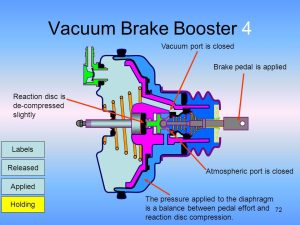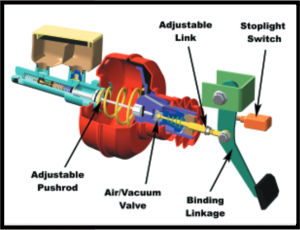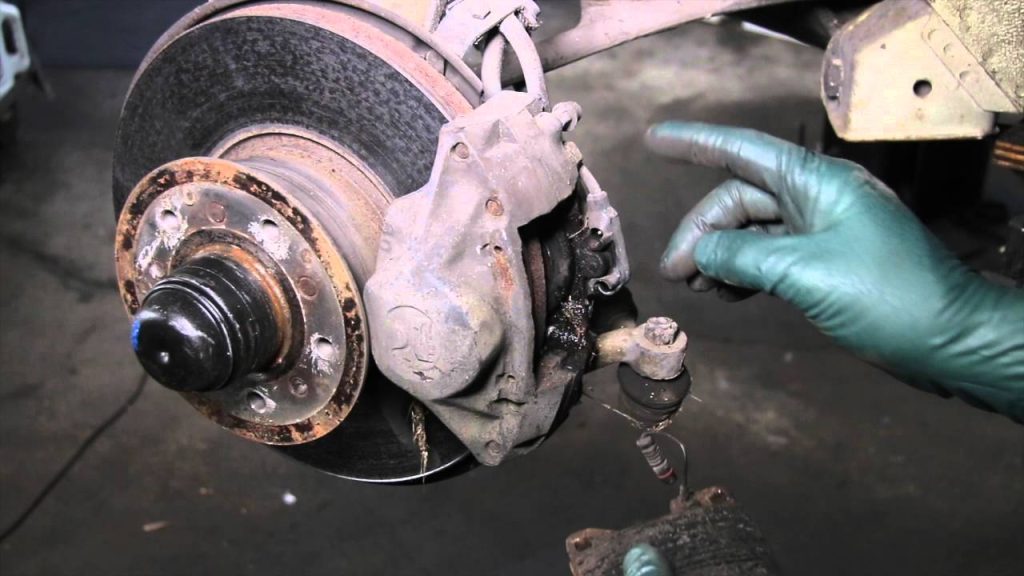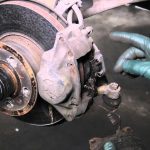How Much Brake Drag is Normal?
Have you ever noticed that your car continues rolling longer than normal after taking your foot off the brake pedal? How Much Brake Drag is Normal? Or maybe you’ve smelled a burning odor after driving and suspected it could be coming from your brakes. Experiencing symptoms like these likely has you wondering – how much brake drag is considered normal vs. cause for concern? This article will cover the ins and outs of brake drag to help you determine if your vehicle’s level is within an acceptable range.
What is Brake Drag?
Before diving into specifics on the amounts of drag, let’s start with a quick overview of what brake drag refers to. Put simply, brake drag happens when your brake pads stay partially engaged with the rotor after you’ve released the brake pedal. This constant contact leads to the gradual slowing of the wheels/tires.
Some minor brake drag is completely normal, especially right after coming to a stop and releasing the pedal. But higher than average drag can lead to problems if left unchecked over time. It causes extra wear on brake system components, reduced fuel economy, and potential safety hazards related to decreased stopping ability.

What Causes Brake Drag?
Now that you know the basics of how brake drag occurs, understanding the most common underlying causes can help narrow down whether your vehicle’s level of drag seems abnormal. Here are key culprits to consider:
- Sticky/seized brake caliper pistons: Brake calipers rely on pistons to engage the pads against the rotor when you press the brake pedal. Over time, rust, debris contamination, or lack of lubrication can lead to pistons sticking and not fully retracting.
- Faulty caliper slide pins: Slide pins allow the caliper housing to appropriately float over the rotor as the pads engage. If slide pins get corroded or stuck, it can prevent the caliper from moving freely.
- Warped rotors: Extreme heat cycles and wear over time can cause rotors to become warped. This uneven contact surface leads to pads engaging more than they should.
- Overly tight pad installations: Sometimes brake pads can be installed in a way that leaves no room for smooth retractions from the rotor. This constant heavy contact causes drag.
- Malfunctioning brake light switch: Most vehicles have a brake light switch that activates lights when the pedal is pressed. If this switch fails, the brake components stay activated.

Signs Your Brake Drag is Excessive
Now that you know the basics of how brake drag occurs and what causes it, let’s cover the signs that your vehicle’s amount of drag may be excessive and require attention:
- You continue rolling noticeably longer distances than normal after taking your foot off the brake pedal
- Burning rubber smell after driving due to friction heating brake components
- Lower fuel efficiency numbers noticed recently
- The brake pedal feels “mushy” and travels closer to the floor before slowing the car
- Brake system components like pads and rotors wear out faster than expected
Seeing one of these symptoms alone doesn’t necessarily mean you have a critical brake drag issue. But noticing multiple signs concurrently means taking a closer inspection is smart.

Acceptable Brake Drag Limits
So when does brake drag truly become problematic enough to require fixing? Generally, there are thresholds to help determine if your vehicle’s level seems within “normal” tolerances:
- Rolling Distance at 5mph: A car in proper working condition should fully stop within 1-3 feet after brake release at this slow, parking lot-type speed. Any rolling distance over approximately 3 feet at 5 mph indicates a meaningful drag worth checking out.
- Drag Force at Highway Speeds: Using a calibrated accelerometer tool, the average acceptable range of drag force for most passenger vehicles falls between 10-30 pounds at 65+ mph. Excess of 50 pounds of drag generally calls for brake inspection and service.
- Fuel Efficiency Hit: While subtle differences happen for all kinds of reasons, if your vehicle’s MPG suddenly drops by 3 MPG or more from usual readings, brake drag could be a culprit worth exploring through further brake testing.
- Soft/Low Brake Pedal: A high or firm brake pedal that drops less than 1⁄2 of its full stroke travel before fully engaging the pads strongly suggests properly operating brakes. A “spongy” pedal or one that sinks extremely close to the floor indicates issues.
Use these key benchmarks to decide if your vehicle seems abnormally afflicted by brake drag necessitating service.
Mitigating Brake Drag Issues
If after assessing signs and symptoms you determine your car is dealing with higher than advisable brake drag, don’t panic quite yet! In many cases, some methodical troubleshooting combined with a few targeted repairs can alleviate most drag issues:
- Start with a thorough brake inspection checking pad thickness, caliper piston seal integrity, rotor measuring, slide pin function, brake switch operation, and hose seepage. Determine what exact component flaws might be contributing to drag.
- Clean or lubricate any stick caliper components if present. Consider brake fluid flush/replacement if moisture contamination is causing pistons and slides not to retract.
- Machine or replace significantly warped brake rotors that could be causing uneven pad clearance.
- Adjust calipers and reinstall new pad hardware kits ensuring proper running clearances are present. Stuck slides should be cleaned and lubed.
- Replace faulty brake light switches causing unwanted constant brake engagement.
- Consider brake bleeding if the pedal feels soft. Air trapped in lines can affect pad retraction.
While all brake systems will have trace amounts of drag, addressing these common culprits helps mitigate drag before it reaches concerning levels. But if your efforts still leave drag feeling too excessive per the benchmarks, professional brake service at a certified shop may be required.
Maintaining “Normal” Brake Drag Levels
After getting any underlying issues straightened out, you’ll want to follow smart maintenance habits moving forward that encourage lower brake drag over time:
- Regular brake inspections: Have an expert periodically measure brake health specs like pad/rotor thickness, operation clearance, etc. to catch wear early.
- Careful driving habits: Avoid unnecessarily riding brake pedals so pads heat up less often, helping prevent glazing and uneven wear over the long term.
- Timely brake fluid flushes: New fluid keeps internal components from getting gummed up which aids in smooth operation and retractions.
- Fast repair of any mechanical problems noticed: address caliper sticking, soft pedals, grinding noises, etc. as soon as possible to prevent cascading damage leading to higher drag forces.
Staying proactive with smart brake care allows you to keep drag in check before it leads to rapid wear of pads, rotors, and other hardware. Monitoring for any of those warning signs indicating excessive levels is key as well.
As you can see, while brake drag is unavoidable to some minor degree in any vehicle, understanding what excessive amounts feel like can help determine when service is required. Remaining attentive to signs like reduced MPG, soft brake pedal travel, unpleasant smells, and increased rolling distance all hint at potentially problematic drag needing a closer inspection. Addressing sticking pistons, warped rotors, seized slides, and more at the first signs of trouble helps restore normal braking function. But even well-maintained systems need periodic measurements and adjustments to keep components operating within acceptable drag ranges over the long run.
References:
- PadLife. “Causes of Brake Drag and How to Fix It.” PadLife Brake Pads & Brake Rotors, 10 Aug. 2021, https://padlife.com/brakes/brake-repair/causes-of-brake-drag-and-how-to-fix-it/.
- IAA. “Acceptable Brake Drag Standards and Limits.” IAA Knowledge Centre, International Automotive Association, 29 Mar. 2022, https://www.iaaknowledgecentre.com/acceptable-brake-drag-limits/.
- Brake Drag – wikipedia.org






